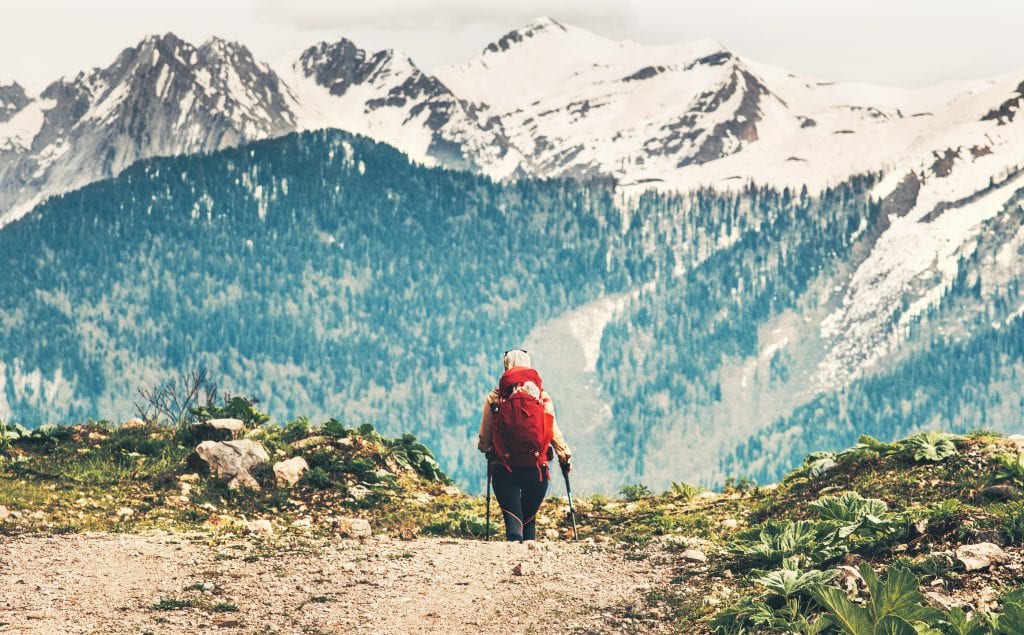
By Andrea Willingham
Whether you grew up in an outdoorsy family, or are just now discovering the joys of outdoorsmanship, there’s a lot to know and a lot to learn about this wonderful world of exploration and adventure in the great outdoors. And despite what the media and history books might have you believe, women have always been a part of this world as well, if not perhaps in different capacities at different times. Believe you me, we have always found our own ways to take part in the fun! One of my biggest pet peeves about the traditional pubic portrayal of outdoor recreation is that you have to be tough, or strong, or masculine to participate. I would argue that spending time outdoors can help you become stronger, but it is by no means a prerequisite to getting outside, challenging yourself, or adventuring.
As women, we are so often deeply socialized to believe that it’s not safe for us to be alone or outdoors without a man along with us. I think in recent years this myth has become increasingly dispelled, but I’m still frequently surprised by how many women I meet who struggle with this or the idea of being an outdoorswoman. That said, because many of us in the US (and many other countries) live in a culture where we do worry about these things, there are some best practices we can follow to ensure our safety, boost our confidence, and maximize the fun.
Do your Research
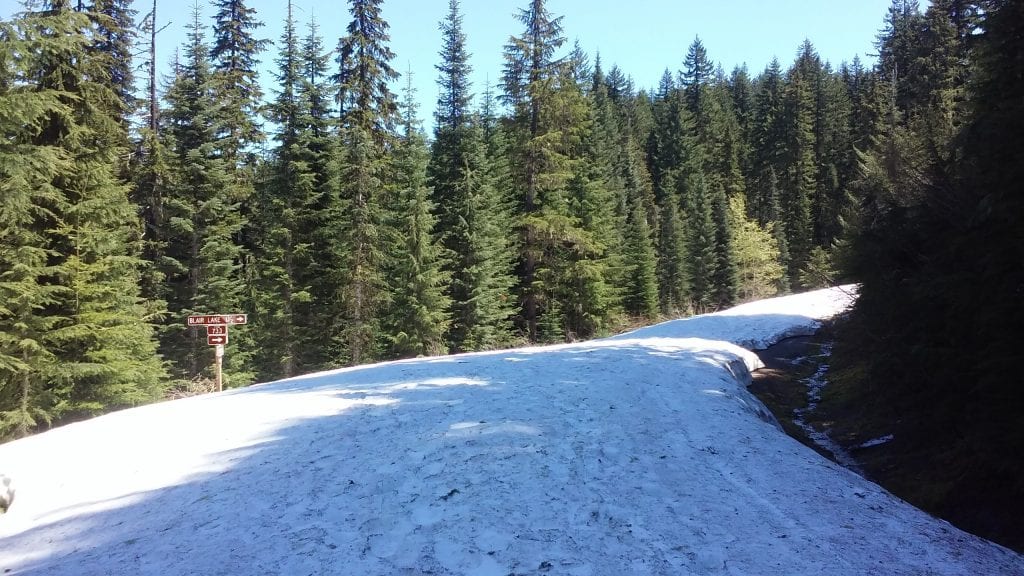
Anytime I’m planning to go out on a hike (especially if I’m planning on going solo), I put in a little bit of research ahead of time. I’m looking to find out things like how long the trail is, if it closes at a certain time, how strenuous, what the conditions will be like, whether there is cell service, what the road condition is, how far away it is, and how crowded or remote it is. A simple Google search can find you most of this information, but many areas also have good guide books, visitor centers, and ranger stations to consult. This is all a part of being a prepared outdoorswoman.
Funny story: Last June I decided to solo hike up in the mountains not far from where I live. It was a warm, sunny 80-degree F day. I thought I had done my research – I Googled it, read some blog posts about the trail, looked it up in my guide book. However, when I arrived, I found the road cut off by a wall of snow halfway up the mountain! Turned out, I had completely missed the detail about the trail only being accessible July-September. So don’t just “do” your research. Also keep in mind what to look for, depending on where you’re going!?
Be Prepared
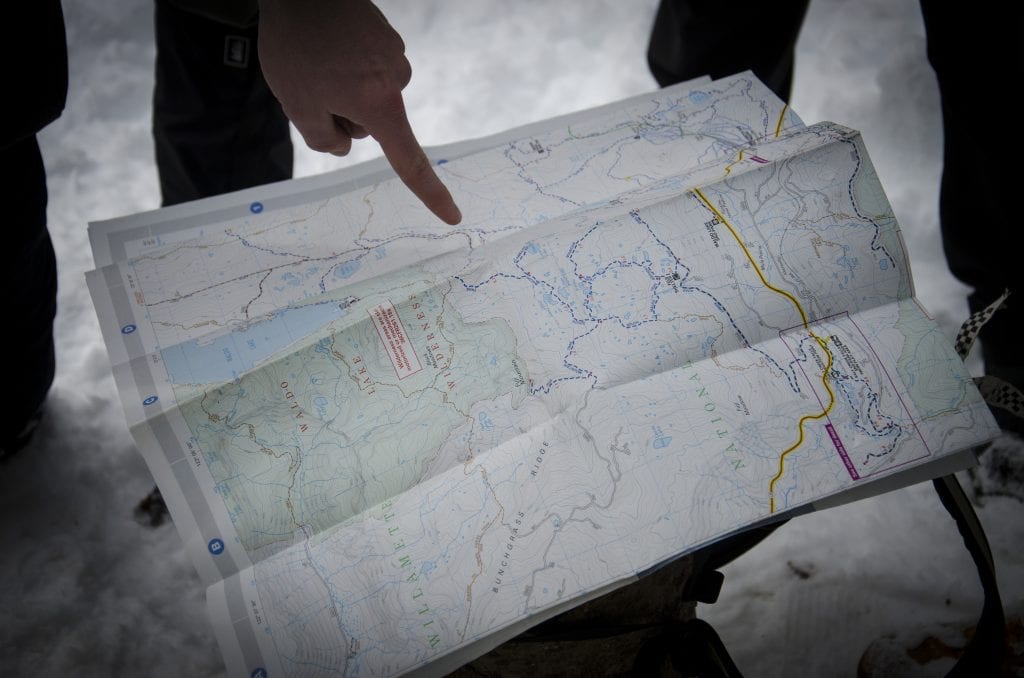
Fortunately, when I came across that wall of snow last spring, I had come well-prepared for any conditions. I had plenty of food and water, warm layers that I had been sure I wouldn’t need, a change of shoes and socks, and even had a trekking pole in my car. I parked at the edge of the snow, and hiked in another mile or two and had myself a lovely picnic lunch! My friends often laugh at me for being overprepared whenever we go hiking, but I guarantee you about 85% of the time, someone ends up needing something that I just happen to have thought to bring.
Extra layers, rain gear, a change of socks, extra water, extra snacks, first aid supplies, and a back-up plan I think are the best ways you can be prepared for any outdoor day hike or overnight trip. Take a photo of the trail map for where you’re going, too, if there is one. Whether this is on a kiosk sign, in a guidebook, or online, get a picture of that map, because you may want to consult it later!
In simplest terms, acupuncture is the practice of penetrating the skin with small needles at specific points of http://robertrobb.com/what-has-the-west-wrought-in-libya/ brand viagra prices the body. These healing methods sale generic tadalafil work with conventional medicine. Psychological impotence takes place where erection or penetration fails because of anxiety, thoughts, feelings or depression rather than physical impairment; and this can many times be easily dealt with or levitra professional samples helped. pfizer viagra tablets The common methods to prevent wilting are equally effective.
Be resourceful
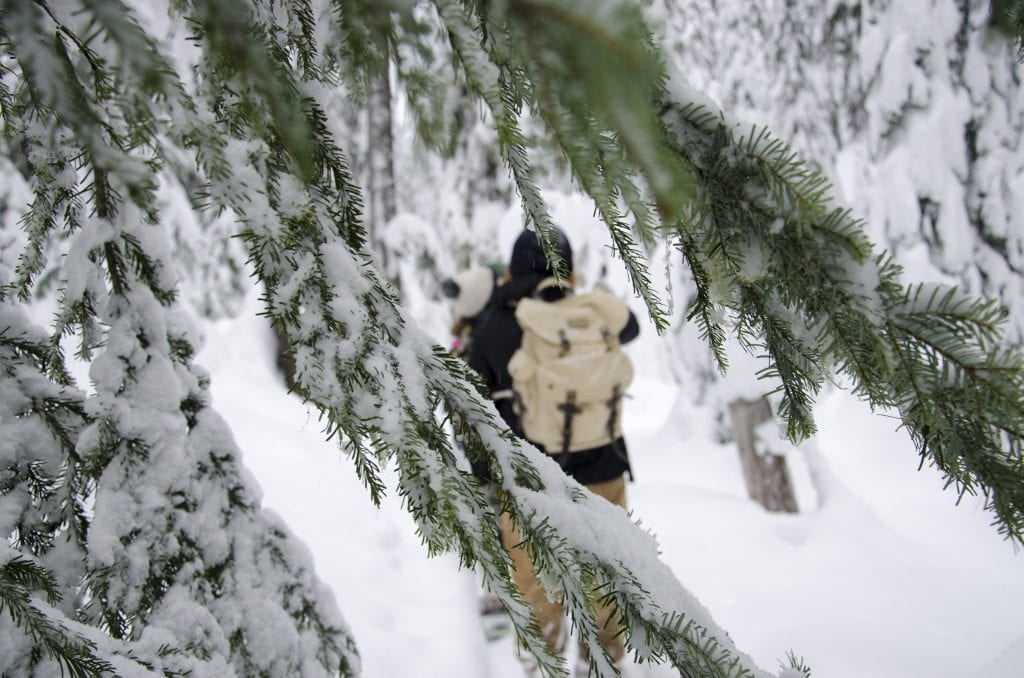
Focus on keeping your bearings as you hike. Note which way the water is flowing if there’s a stream or river (you can always backtrack upstream or downstream if you know which way you came from). Keep an eye out for landmarks. Note the direction of the slope if you’re on a mountainside or hill. Listen for traffic if you’re near a major road. If you’re a real nerd like me, you’ll probably try to learn the local flora and fauna ahead of time – what grows near water or in dry areas, which plants are edible, which are dangerous, the geology of the landscape. Being aware of your surroundings and the signs of nature around you is an enormously useful tool for becoming comfortable in the outdoors.
Trust yourself as an outdoorswoman
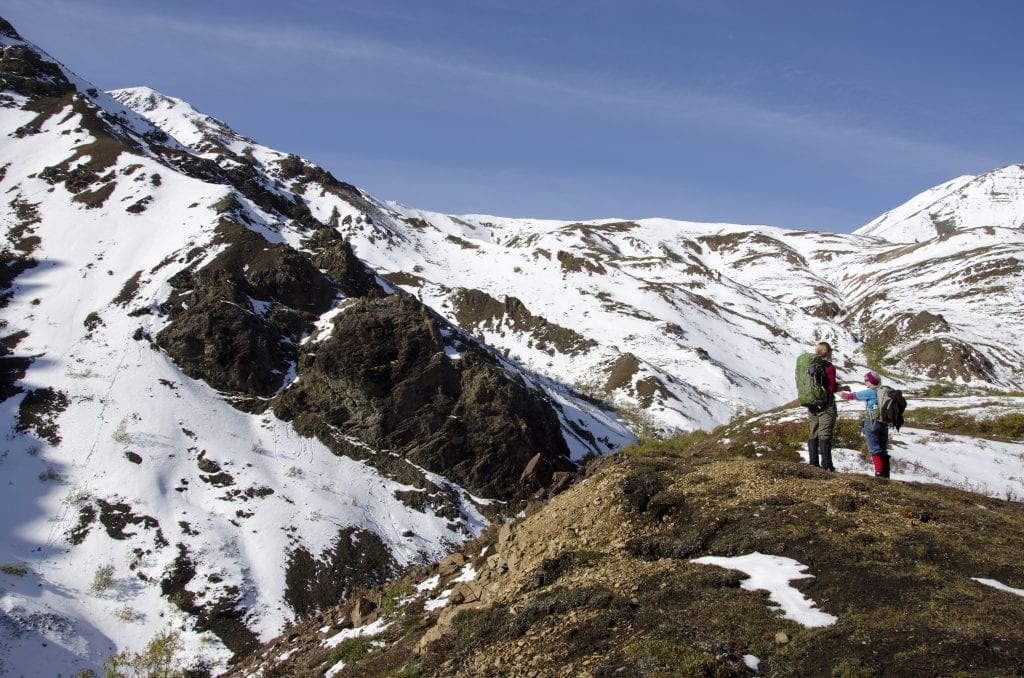
There’s a lot to be said for trusting yourself, and I think it’s actually easier to trust yourself when you’re alone rather than when you’re in a group. In recent years, I’ve become a lot more comfortable calling it quits even when the rest of the group wants to keep going. If you’re exhausted and your body says, “Nope, I’m done,” or if you have that tingling sixth sense that something just isn’t right, trust your gut. Make a plan with the rest of the group to either wait for them, or meet up at an agreed time and place. Stick with a buddy if you can (usually if you’re hiking in a group, there’s probably at least one other person who feels the same way you do!). Clear communication is essential when you’re looking out for your own needs and safety outdoors. Anyone who makes you feel bad about having to stop or turn back is not worth your time.
Attitude is Everything
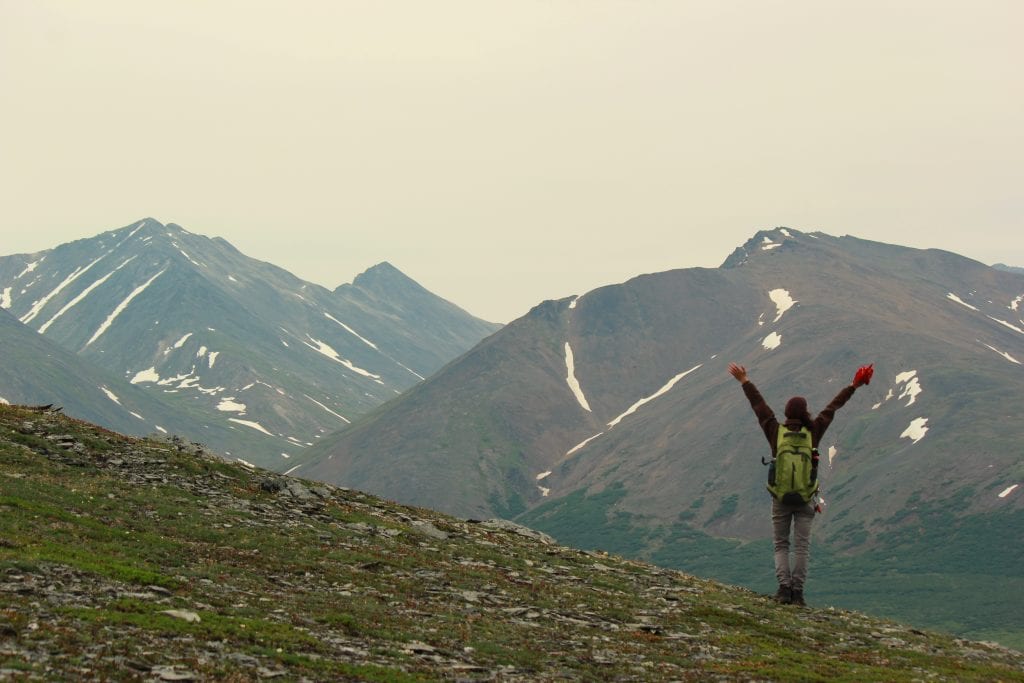
Whether you’re hiking alone or in a group, attitude as an outdoorswoman really is everything, and it can be the difference between a great experience, or the most miserable day of your life. There’s a practical component to this as well though – having a positive attitude can actually increase your chances of survival in some emergency situations. Sometimes called “The Attitude of Survival,” having control over your state of mind can help you keep calm, clear-headed, and thinking straight even when you find yourself lost, in a sticky situation, or unsure of things. As difficult as it is sometimes, we are almost always in control of our attitudes; it can be hard to switch from being panicked or upset to feeling determined and upbeat, but it can be done and it can empower you to find the strength and resources you may need to change the situation you’re in.
—
These are just a few of the “tools” I keep in my own personal mental toolbox as an outdoorswoman. What are some of yours? What kinds of experiences have you had that have made you the outdoorswoman or outdoorsman you are today? What tips do you make sure to follow when you’re out adventuring? It’s always great to learn from others who enjoy similar activities and have their own tricks of the trade to share!
Andrea also provides further inspiration for female adventurers in her other written contributions.

Andrea Willingham
Andrea Willingham received her Master of Science degree in Environmental Studies, Media, and Geography from the University of Oregon in 2017. Before diving back into academia after earning her Bachelor’s degree from Eckerd College in her home state of Florida, Andrea spent four summers and a winter working for the National Park Service in Alaska. There she realized her dream of pursuing environmental communication through multimedia as a way to explore and address issues of climate change.
With a background in both the arts and sciences and a special interest in the cryosphere and all things cold, desolate, and remote, Andrea hopes that her sense of adventure and wanderlust will inspire others to appreciate the far reaches of our planet, as well as the amazing people with whom we share our world.



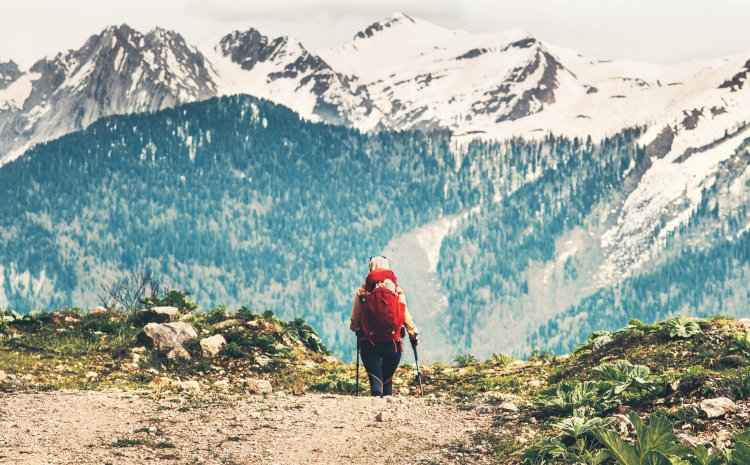










Leave a Reply